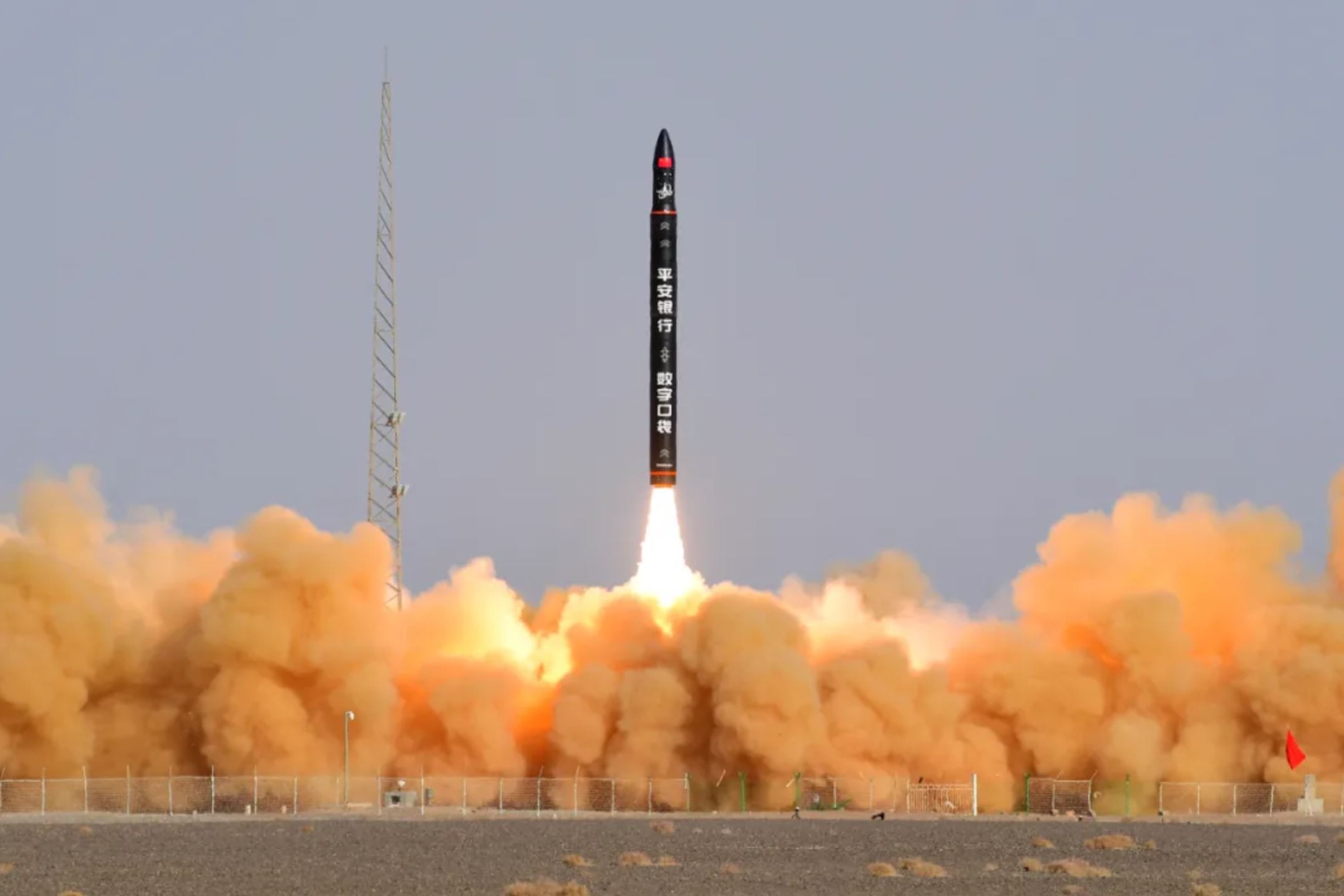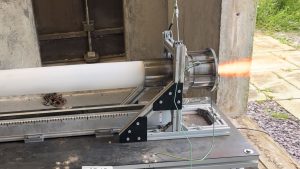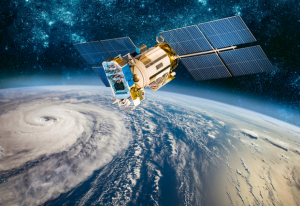Pallas-1 – How Does Galactic Energy’s Falcon 9 Competitor Stack Up?
13th Mar 2024
Galactic Energy, a Chinese startup in the space industry, is working on a rocket in the Falcon 9 mould, and is due to undergo the test of its Pallas-1 rocket this year. There is a lot of competition in the industry when it comes to larger, reusable rockets, so can Pallas-1 become the workhorse of the Chinese space industry?
And just how does this stack up in comparison to the Falcon 9?
Galactic Energy’s Plans For 2024 and Beyond
The company was founded in 2018, and has already made a name for itself having developed and launched the Ceres 1. This is a light-lift solid-fueled rocket and it has seen five successful launches so far, fuelling hopes that the Pallas-1 will also be a success.
The rocket will be powered by Cangqiong kerosene-liquid oxygen engines, which were developed by Galactic Energy. Pallas-1 is going to be capable of carrying 11,000 pounds (5,000 kilograms) of payload to low Earth orbit.
The company spoke in 2023 at the China Commercial Aerospace Forum in Wuhan, when it announced that Q3 of 2024 was the aim for the first Pallas-1 flight. Recovery of the first stage of the rocket using legs will take place in 2025.
In August 2023, Galactic Energy even performed a hop test using a jet engine powered test article to test.
In the modern “space race”, only the U.S. companies SpaceX and Blue Origin have been able to land and reuse rockets, and the Chinese industry is putting a lot of money into the plans for reusable rockets, partially due to plans for constellations including the “G60 Starlink” broadband constellation.
Galactic Energy also has a triple-core variant of the Pallas-1 in the works, which could launch in 2026.
As well as providing satellite launches for the G60 Starlink, it seems likely that a working Pallas-1 could form a key part of the Guowang project, a satellite internet constellation that will see around 13,000 satellites sent into low Earth orbit, similar to the SpaceX Starlink system.
Pallas-1 Compared to Falcon 9
With similar purposes, the two rockets are bound to draw a lot of different comparisons, and the Pallas-1 has been considered an answer to the Falcon 9 rocket, albeit some 15 years after the Falcon 9’s first launch.
The Pallas-1 doesn’t have the same capacity to deliver large payloads, but has some similarities in terms of the reusable first stage design.
| Falcon 9 | Pallas-1 | |
| Height | 70 metres | 42 metres |
| Diameter | 3.7 metres | 3.35 metres |
| Payload to LEO | 22,800 kg / 50,265 lb | 5,000 kg / 11,000 lb |
| Mass | 549,054 kg (1,207,920 lb) | 220,000 kg (490,000 lb) |
| Developed by | SpaceX | Galactic Energy |
Falcon 9 is a well-established rocket at this point. In 306 total launches, they have seen 264 landings and 237 reflights.
With an ambitious future planned for the Chinese space industry and the many satellites required to build the megaconstellations that have been planned. Reusable rockets are the right thing to do in terms of launching these projects, and though there are many extra challenges compared to the successful Ceres 1 launches, Pallas-1 has a lot of funding behind it. In 2023, the company secured $154 million in funding for the project (1.1 billion yuan) in C and C+ funding rounds. This will be spent on development and research as well as infrastructure, preparing the company for launch.






Thank you for your comment! It will be visible on the site after moderation.